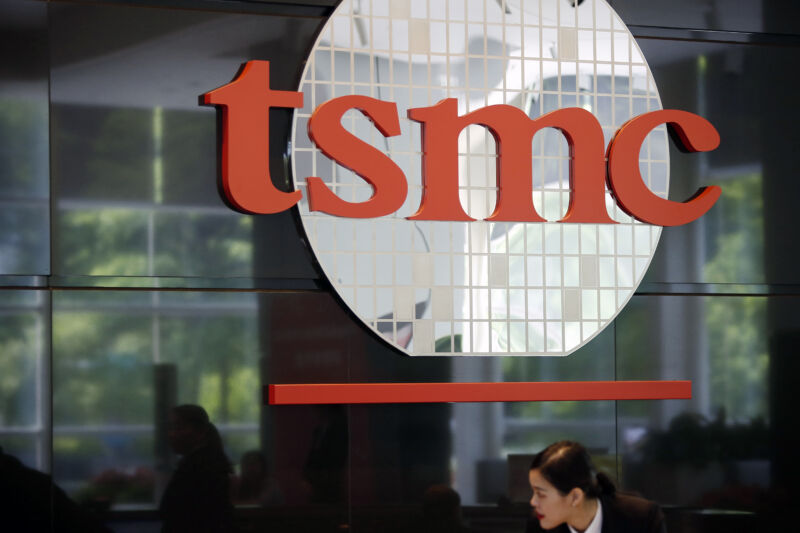Introduction: Hmmm..."TSMC is deeply aware that climate change has a severe impact on the environment and humanity. As a world-leading semiconductor company, TSMC must shoulder its corporate responsibility to face the challenge of climate change,” Chairman Mark Liu said in a statement."
World’s largest chip foundry TSMC sets 2050 deadline to go carbon neutral

World’s third-largest chipmaker emits more carbon than many countries.
NOT ENOUGH "The dirty secret of the computing and networking world is that most of its pollution comes not from the electricity used to run the devices, but from the energy and materials used to produce the chips that make it all possible. . .Resource intensive

Semiconductor manufacturing is both energy intensive and heavily reliant on potent greenhouse gases. Fabs use enormous amounts of power—TSMC estimates that its 3 nm fabs will draw 7.7 billion kWh annually, or about the same as 723,000 American households. The company says that today about 62 percent of its total emissions come from energy.
For example, In a typical laptop like a MacBook Air, manufacturing represents 74 percent of the device’s lifetime carbon emissions, including shipping, use, and disposal. Of that, about half is from integrated circuits, according to a recent study led by researchers at Harvard. Researchers have found similar trends throughout the industry. “Chip manufacturing, as opposed to hardware use and energy consumption, accounts for most of the carbon output attributable to hardware systems,” the study’s authors said. 
> That footprint may wane in the coming years, though, as TSMC announced last week that it would flatten its emissions growth by 2025 and reach net-zero carbon by 2050. That’ll be a tall order for a company that produced over 15 million tons of carbon pollution last year across the entire scope of its operations, about the same as the country of Ghana. Though the amount of carbon pollution per wafer produced by TSMC has declined in recent years, surging demand for semiconductors has driven overall emissions up, and years of rising energy use, likely from the introduction of EUV lithography, has slowed progress.
>
Industry-wide challenges
Other emissions may prove even harder to cut—not just for TSMC, but for the entire industry. Some of the chemicals used in lithography processes are potent greenhouse gases that are incredibly long-lived in the atmosphere
> Perfluorinated compounds like fluoromethane, carbon tetrafluoride, and hexafluoroethane have global-warming potentials ranging from 677 to 11,100 times that of carbon dioxide over 100 years. Suppliers have been developing replacements with lower global-warming potentials, but they’re not easily substituted into existing fabs, which often use technology from mature nodes and still represent a significant portion of the market. Until those fabs are retooled, they’ll be reliant on the older, more polluting gases.
At both TSMC and Intel, perfluorinated compounds and other gases represent about a third of each company’s carbon emissions.
TSMC hasn’t released many details about how it will achieve net-zero carbon emissions by 2050, and those details will matter. For example, today it signed a memorandum of understanding with Taiwan’s state-owned oil and gas company, CPC Corp., to buy “net-zero” natural gas.
How can natural gas be considered net zero?




No comments:
Post a Comment